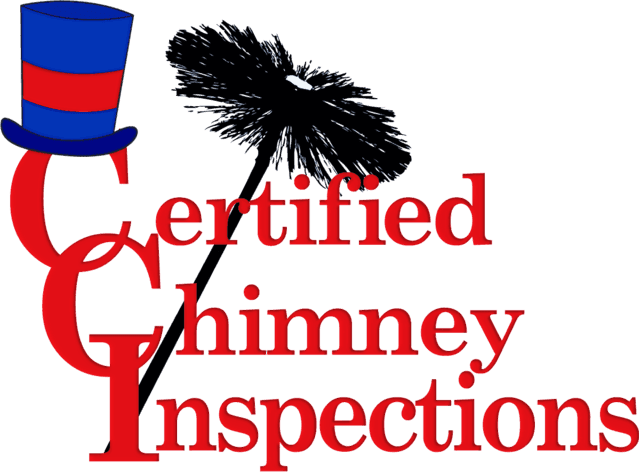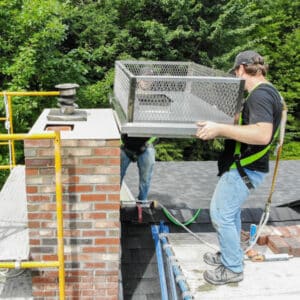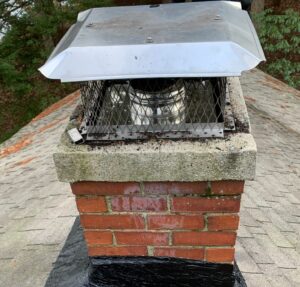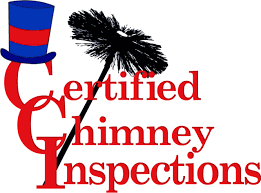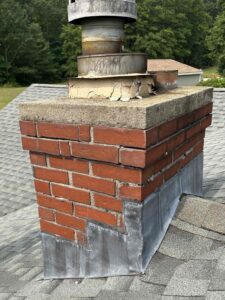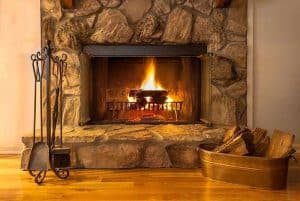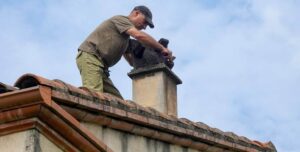What You Need to Know:
If you have a chimney in your home, it is important to familiarize yourself with the basics of chimney safety and maintenance. Chimneys can be hazardous if not properly maintained and may lead to fires, carbon monoxide poisoning, or other dangerous accidents. This article provides an overview of what you need to know about chimney and fireplace safety.
Why Is Chimney Maintenance Important?
Chimneys are the pathways that hot air and smoke escape from burning wood or other fuels. Without proper maintenance, the passage of hot air can become blocked due to a build-up of creosote. Creosote is a flammable substance made up of combustible gasses produced by burning wood. If left unchecked, this substance can reduce airflow and cause a fire.
It is also important to keep your flue liner in good condition as well. The flue liner is an interior wall inside the chimney that protects against heat transfer and helps contain harmful pollutants like carbon monoxide (CO) inside the chimney flue so they do not enter into living areas of your home. Without a properly functioning liner, deadly levels of CO could be released into the house, causing severe illness or death.
Regular cleanings and inspections should be performed on your chimney at least once per year by a certified professional in order to protect against blockages from creosote as well as structural damage to the lining which could lead to CO leaks.
Chimney Maintenance Tips
In addition to having yearly cleanings and inspections done by your Certified Chimney Inspector, it’s also important for homeowners to take proactive steps towards protecting their family from possible hazards associated with using fireplaces and wood stoves throughout winter months:
- Be sure that there is adequate airflow through your chimney before lighting any type of fire-related product
- Have carbon monoxide detectors installed near potential sources of exposure such as near sleeping areas
- Schedule regular maintenance with your Certified Chimney Inspector
- Have chimneys cleaned professionally at least once per year since build ups from creosote can occur more quickly during colder months when use is more frequent
- Ensure that all necessary repairs are completed quickly following inspection/service visits
- Dispose of ashes responsibly after each burn session making certain that all remaining ashes remain cool prior disposal
- Have an evacuation plan ready just in case Emergency situations arise during times Crisis
- And lastly regular practice of safe burning techniques minimizes the risk of exposure of (CO) to people and property
Follow these basic steps will help ensure that your home remains protected from the hazards caused by improper upkeep of your fireplace/wood burning stove.
Taking precautionary measures now will save you money in costly repairs down the road and more importantly ensure safety for both yourself and family members.
